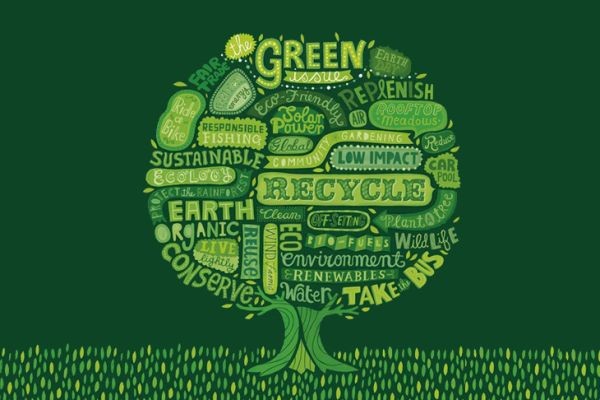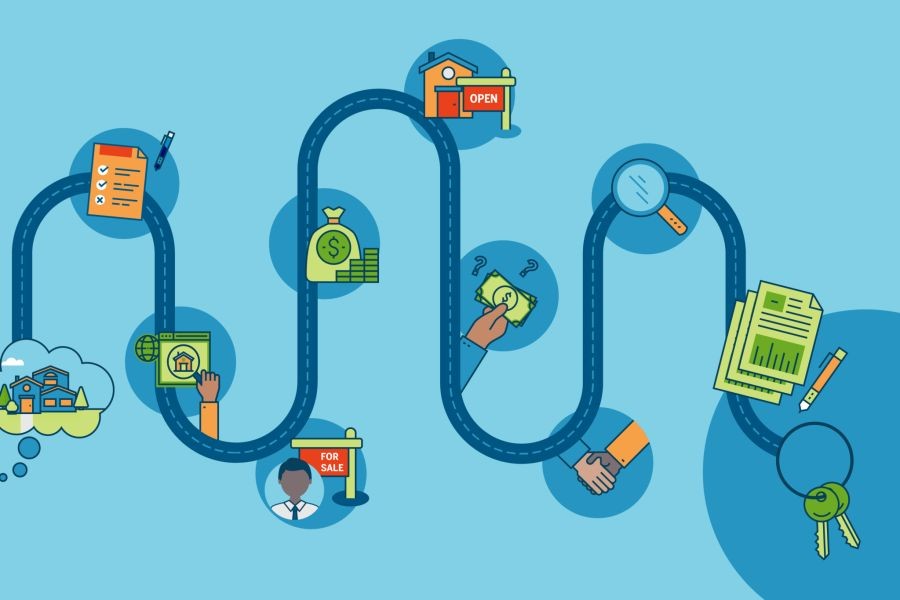In the midst of global economic uncertainties and the ever-evolving landscape of renewable energy, Australia finds itself at a crossroads. The nation's economic strategies, international relations, and environmental commitments are all being scrutinized as key figures like Treasurer Jim Chalmers express optimism about debt management, while mishaps like the White House war chat blunder highlight the fragility of diplomatic communications. Meanwhile, the future of green hydrogen—a potential game-changer for Australia’s energy industry—remains uncertain. How do these elements converge, and what implications do they hold for Australia’s future?
Chalmers' Optimism on Debt: Navigating Economic Challenges
Treasurer Jim Chalmers has recently expressed a positive outlook on Australia's ability to manage its national debt. According to the Reserve Bank of Australia, the country's debt-to-GDP ratio stood at approximately 45% as of mid-2023, significantly lower than that of many other developed nations. This positions Australia in a relatively strong fiscal stance, allowing for more flexibility in future economic policies.
Chalmers’ confidence stems from strategic fiscal policies intended to stimulate growth while maintaining a sustainable approach to debt management. The Australian Treasury has projected a modest economic growth rate of 2.5% for 2024, driven by increased consumer spending and investment in infrastructure projects. However, this optimistic view is not without its critics, who argue that the global economic landscape remains volatile, with risks such as inflation and geopolitical tensions potentially disrupting growth.
Case Study: Australia's Debt Management Success
Problem: In the aftermath of the COVID-19 pandemic, Australia faced significant economic downturns, with rising unemployment and increased public spending driving national debt higher.
Action: The government implemented a series of fiscal stimulus measures, including tax incentives for businesses and direct payments to citizens, aimed at boosting economic activity.
Result: As of 2023, Australia had managed to reduce its budget deficit by 30%, according to the Australian Bureau of Statistics. This fiscal discipline has been praised as a model for other nations grappling with similar challenges.
Takeaway: Effective debt management requires a balanced approach that encourages growth while maintaining fiscal responsibility. For Australia, continuous monitoring and adjustment of economic policies will be crucial in navigating future uncertainties.
The White House War Chat Blunder: Implications for Diplomacy
The recent communication mishap involving the White House has raised questions about the reliability of diplomatic channels and the potential repercussions on international relations. While the specifics of the blunder remain classified, the incident underscores the importance of transparency and accuracy in diplomatic communications.
For Australia, maintaining strong alliances with key global players, including the United States, is essential for both economic and security reasons. The Australian Government is actively working to strengthen its diplomatic ties, particularly in the Indo-Pacific region, amid rising tensions and shifting alliances.
Case Study: Strengthening Australia-U.S. Relations
Problem: Diplomatic tensions and misinformation can strain international relations, potentially impacting trade and security partnerships.
Action: Australia has prioritized open communication and regular bilateral meetings with U.S. counterparts to address and resolve diplomatic challenges.
Result: Despite occasional hiccups, Australia-U.S. relations remain strong, with ongoing collaboration in areas such as defense, trade, and climate policy.
Takeaway: Proactive diplomacy and clear communication are vital in maintaining and strengthening international alliances. Australia's commitment to these principles serves as a model for effective global engagement.
Green Hydrogen: An Uncertain Yet Promising Future
Green hydrogen is hailed as a potential cornerstone of Australia’s renewable energy strategy, with the potential to significantly reduce carbon emissions and drive economic growth. However, the path to widespread adoption is fraught with challenges, including high production costs and technological hurdles.
According to a report by the CSIRO, Australia has the capacity to produce green hydrogen at competitive prices by 2030, positioning the nation as a leader in renewable energy exports. However, achieving this goal will require substantial investment in infrastructure and innovation.
Case Study: The Green Hydrogen Initiative
Problem: High production costs and limited infrastructure have hindered the scalability of green hydrogen in Australia.
Action: The government has launched a series of initiatives aimed at reducing costs and fostering innovation, including grants for research and development, and public-private partnerships.
Result: Several pilot projects are underway, with early results indicating a potential 20% reduction in production costs by 2025, according to the Australian Renewable Energy Agency.
Takeaway: Green hydrogen represents a promising avenue for sustainable energy, but realizing its potential will require coordinated efforts across government, industry, and academia.
Common Myths & Mistakes
- Myth: "Australia's debt levels are unsustainable." Reality: Australia's debt-to-GDP ratio remains manageable compared to other developed nations, providing fiscal flexibility.
- Myth: "Diplomatic blunders are rare and have little impact." Reality: Communication errors can significantly affect international relations, necessitating strong diplomatic protocols.
- Myth: "Green hydrogen is too costly to be viable." Reality: Technological advancements are steadily reducing costs, making green hydrogen a competitive energy source in the near future.
Future Trends & Predictions
Looking ahead, Australia is poised to play a significant role in the global renewable energy market, with green hydrogen at the forefront. By 2030, policy frameworks and technological innovations are expected to make green hydrogen a commercially viable option, reducing emissions and creating new economic opportunities.
In terms of diplomacy, Australia's strategic positioning in the Indo-Pacific will continue to be a focal point, requiring adept navigation of geopolitical complexities. Strengthening alliances and maintaining open communication channels will be critical in preserving Australia's influence and security in the region.
Final Takeaways
- Australia's fiscal discipline provides a solid foundation for economic growth and resilience.
- Effective diplomacy and clear communication are essential for maintaining strong international relationships.
- Green hydrogen holds promise as a cornerstone of Australia's renewable energy strategy, but requires continued investment and innovation.
What are your thoughts on Australia’s economic and environmental future? Join the conversation and share your insights below!
People Also Ask
How does Australia's debt management impact its economy?Australia's effective debt management provides fiscal flexibility, allowing for strategic investments in infrastructure and growth, according to the RBA.
What are the biggest misconceptions about green hydrogen?A common myth is that green hydrogen is too costly, yet advancements are reducing production costs, making it a viable energy source.
What upcoming changes in Australia could affect its energy strategy?By 2030, policy updates and technological innovations are expected to make green hydrogen commercially viable, shifting the energy landscape.
Related Search Queries
- Australia debt management strategies 2025
- Green hydrogen potential in Australia 2030
- Australia-U.S. relations 2023
- Renewable energy investments in Australia
- Future of Australian economy 2025































FW Thomas
8 months ago